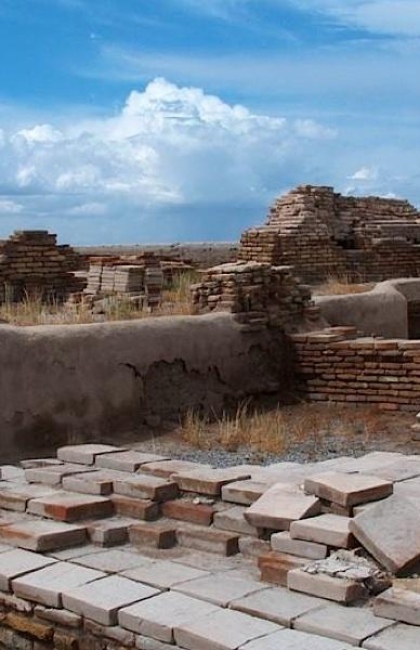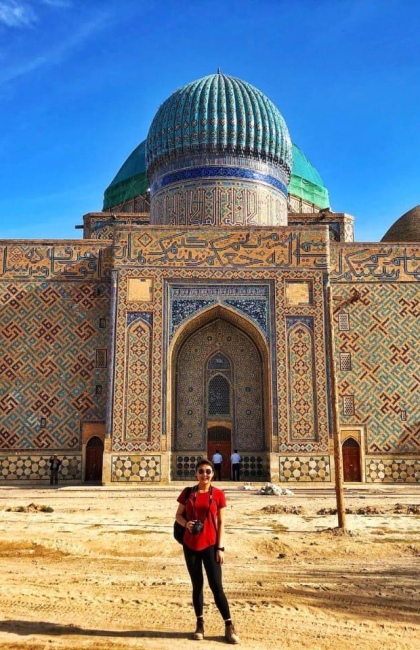Akyrtas Archaeological Site
A palace or a monastery?
The Akyrtas Archaeological Site, situated in the Zhambyl region of Kazakhstan, unveils the remnants of an ancient structure. It’s composed of large dark red stone blocks and spans a rectangular area measuring 18.5 m by 20.5 m (20 yd by 22 yd). This monument dates back to the 8th-9th centuries.
Akyrtas has sparked debates among archaeologists and scientists regarding its true identity. Some propose it to be an ancient Buddhist temple, while others think of it as a Nestorian monastery. Alternatively, a hypothesis suggests that it might be an Arab palace commissioned by Qutayba ibn Muslim in the 8th century, a notion supported by the discovery of a mosque. Notably, this aligns with the historical fact that Kazakh tribes had not yet embraced Islam at that time.
Large-scale complex
Archaeologists discovered that Akyrtas constitutes a comprehensive complex featuring a primary building, an expansive courtyard, and two Lab-i Hauzes (swimming pools). The complex also encompassed a park, clay and stone quarries used for construction, and a caravanserai (an inn). The precision in the joints of the foundation and walls attests to the advanced engineering technologies of that era. The complex is subdivided into four sections, each hosting residential and utility rooms, with one part housing two iwans – rectangular halls open on one end. The walls, boasting a thickness ranging from 3.5 to 5 m (10-16 ft), exemplify the grandeur of the complex. A sophisticated water supply system drew water from nearby springs, underscoring the significance of the site.
Unfortunately, in 1938-39, a significant number of stones from Akyrtas were utilized in the construction of the railway, while others served as foundations for residential homes. Consequently, many structures were not preserved, resulting in the loss of the original appearance of the entire ancient complex.

Mysterious occurrences
Akyrtas has drawn numerous visitors, many of whom report experiencing unusual occurrences while at the site. Some individuals describe feeling intense heat, as if their body temperature is rapidly increasing – a phenomenon acknowledged but not scientifically confirmed. Interestingly, Akyrtas seems to serve as a place where fatigue dissipates, and individuals leave with a renewed sense of strength and energy. On the contrary, some visitors recount feelings of anxiety and weariness during their time in this location.
Scientists believe that the palace of Akyrtas was constructed atop a tectonic fault, leading to substantial subterranean voids. This geological configuration triggers intricate energy processes within the earth's crust, exerting some influence on the physical well-being of those present in the area.
Moreover, visitors sometimes report seeing a strange glow in the sky in this area. Photographs reveal blurry images of uniformly shaped objects suspended in the air.
Over the years, Akyrtas has been scrutinized by various scholars, including M.S. Znamensky, D.L. Ivanov, V.V. Bartold, and V.A. Kallaur. The earliest recorded mention of the complex dates back to the 13th century in the notes of a Taoist monk.
Recognized for its historical importance, the Akyrtas Archaeological Site is designated a UNESCO World Heritage Site as part of the "Objects of the Great Silk Road of the Chang'an-Tien Shan Corridor."
How to get there?
Akyrtas is located about 45 km (28 mi) east of Taraz. To reach it from Taraz, follow the A-2 highway towards the village of Akchulak (which also has a railway station with the same name). Continue through the village, cross the railroad, and proceed south for an additional 5 km (3 mi) until you reach Akyrtas.
Other tourist attractions near the Akyrtas Archaeological Site:
- Talas River
- Tekturmas Mausoleum
- Tekturmas Ethno-Historical Complex
- Sulutas Rock

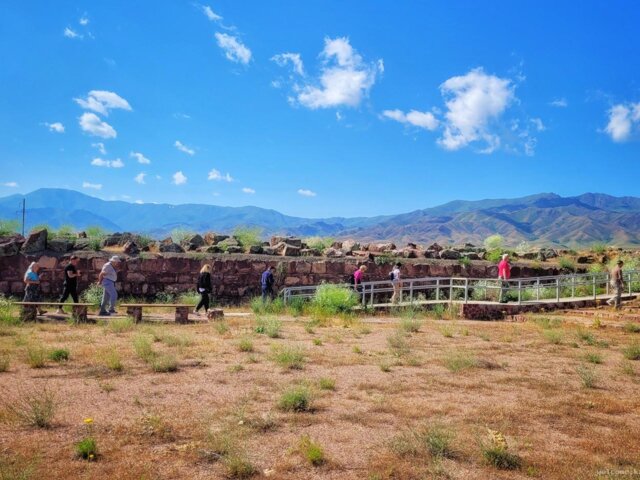
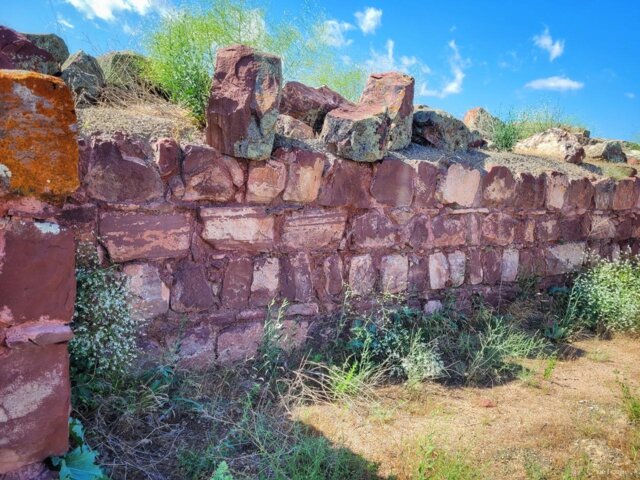
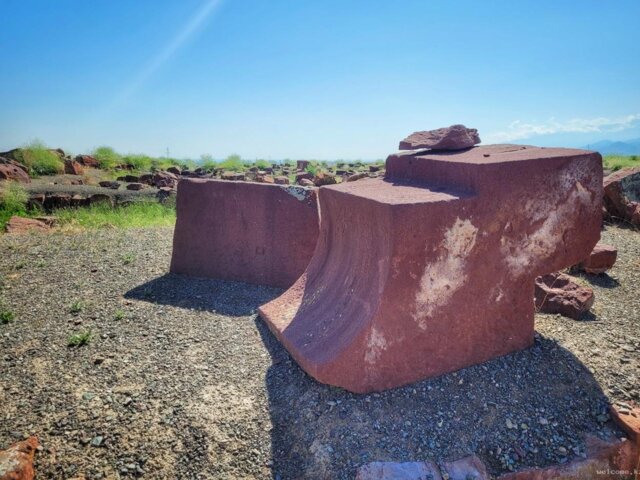
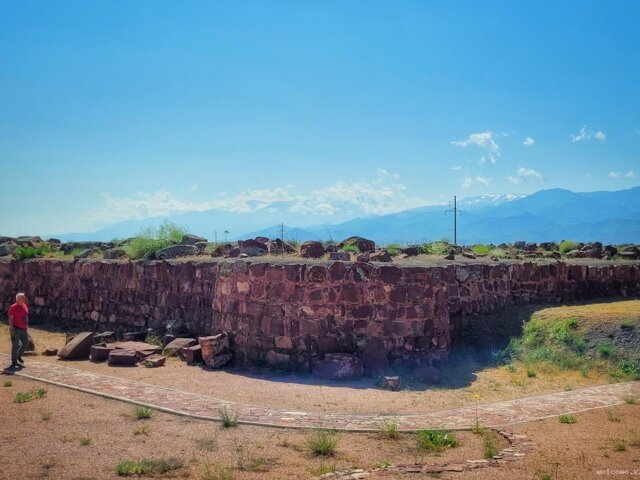
_420x650_4ab.jpg)
